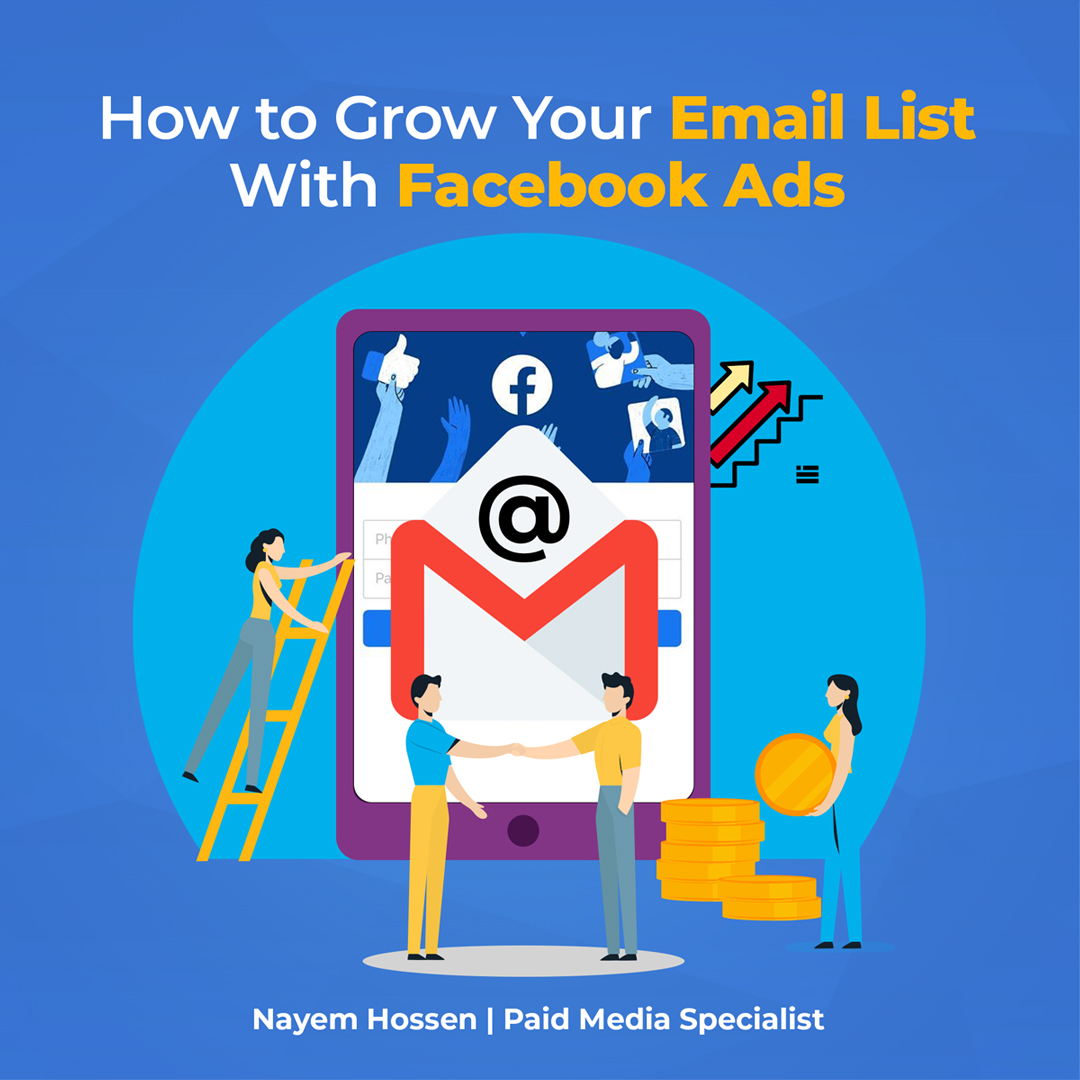Top Ways To Optimize & Increase Ecommerce Conversion Rate
Achieving a high conversion rate is the Holy Grail for e-commerce enterprises in the dynamic world of online commerce. A crucial indicator called conversion rate, or CR for short, shows the proportion of site visitors who carry out a desired activity, such completing a purchase, subscribing to a newsletter, or filling out a contact form. The performance and income production of your company may be significantly impacted by increasing your e-commerce conversion rate. In this post, we’ll examine the best methods for boosting your e-commerce conversion rate and converting more site visitors into happy customers.
- Convenient Website Navigation and Design
Your online store’s first impression counts a lot. A website that is busy, unclear, or badly designed may turn away visitors. Focus on a simple, clear design that facilitates navigation to increase conversion rates. As more people buy on mobile devices, make sure your website is responsive and user-friendly.

Implement a logical layout that directs users to the services or items they want to see. Easy exploration can be facilitated with intuitive menus, clearly labeled categories, and a visible search box. Reduce distractions that can draw attention away from the primary objective of making a transaction, including numerous pop-ups or banners.
- Product descriptions and images of the highest quality
Online shoppers are unable to touch or physically check things, therefore engaging visuals and thorough descriptions are crucial. A more immersive experience may be created by using high-resolution photographs from various perspectives, zooming tools, and even films to help clients better visualize the product.
Both accuracy and information are essential in product descriptions. Highlight the main attributes, details, and advantages. To elicit feeling and express worth, use persuasive language. To increase credibility and trust, provide client testimonials and reviews.
- Speedy Checkout Procedure
For online stores, cart abandonment is a regular problem. Long or difficult checkout procedures may discourage shoppers from finishing their purchases. Reduce the number of steps needed to complete a transaction to streamline the process.
Give consumers the option to checkout as a guest, allowing them to make purchases without creating an account. Provide a range of payment options, such as PayPal, digital wallets, and credit cards, to accommodate varied tastes. To avoid unpleasant surprises at the end, make sure to include shipping expenses, taxes, and any other fees up front.
- Signals of Trust and Security
Building trust is crucial for success online. To reassure visitors of your authenticity and dependability, prominently display trust signals across your website. Prospective clients may feel more confident after seeing trust badges, SSL certificates, and security seals.
Establish strict terms of service and privacy policies to safeguard the personal data of your consumers. Offer opt-in options for email subscriptions and advertising mailings, and make your data protection policies clear.
- Customized and Specific Recommendations
Make use of data’s potential to provide individualized shopping experiences. Analysis of consumer behavior and preferences enables the delivery of specialized product advice and suggestions. Implement a smart recommendation engine that makes similar or complimentary recommendations based on past purchases or browsing patterns.
Dynamic content may improve engagement and raise conversion chances, such as tailored product suggestions on the homepage or in email marketing. Stronger connections may also be made through customized marketing efforts that include names and contain pertinent offers.
- Calls to Action (CTAs) that work
Visitors are guided toward the intended action by clear and effective CTAs. Use compelling wording to highlight the advantages of the action, whether it’s “Add to Cart,” “Buy Now,” “Sign Up,” or “Get Started.” To learn what appeals to your audience the most, try out various button colors, sizes, and locations.
A/B testing various CTA iterations might offer insightful information about what increases conversion rates. Wording, color, positioning, and even the use of urgency or scarcity techniques are all test variables.
- Optimization for mobile
The widespread use of smartphones has changed how consumers purchase online. Mobile optimization is becoming a must rather than a luxury. Make sure your online store is responsive and offers a great user experience on all major devices.
Simplify the mobile checkout procedure and remove any obstacles that can prevent conversion. Make sure buttons and forms are simple to click on smaller displays and optimize pictures and information for quick loading.
- User-Generated Content and Social Proof
Utilize social proof to sway consumers’ purchase decisions. prominently include customer testimonials, ratings, and reviews on your product pages. User-generated material may offer genuine and relatable experiences, such as pictures and videos of people using your items.
Customers should be encouraged to post evaluations and experiences on social media. Integrate social media to display user-generated content and enable clients to buy straight from social media sites.
Your e-commerce conversion rate has to be optimized and raised through a comprehensive strategy that prioritizes user experience, trust-building, and customization. By putting the techniques covered in this article into practice, you can design a seamless shopping experience that appeals to visitors and persuades them to stick around. In the cutthroat e-commerce environment, regular monitoring, testing, and adaption are essential to maintaining an edge and assuring sustained development.




